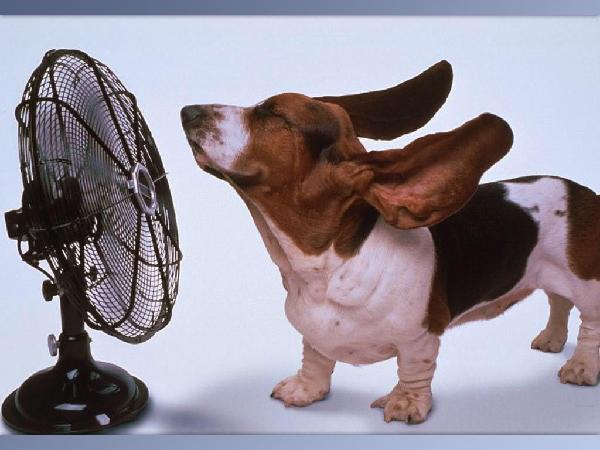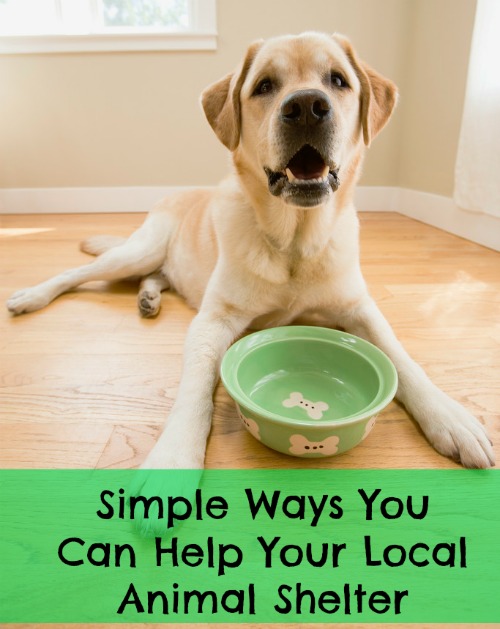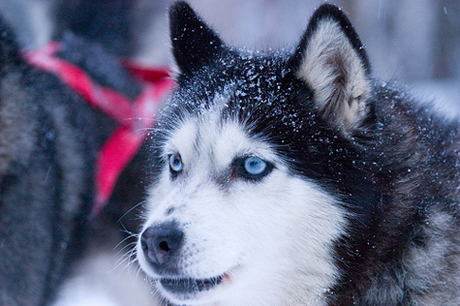As the first day of summer arrives with the accompanying soaring temperatures, it’s important to think about your pet’s safety in the heat. The dog days of summer are no less dangerous to your pet than the depths of winter. Here’s how to keep them safe.
1. Don’t leave your pets in parked cars. It only takes 10 minutes for the temperature inside a car to rise to 102 on an 85 degree day. Would you want to sit in a parked car with the windows cracked when it was 102 inside? Imagine how your pet feels wearing a fur coat.
Extreme heat can damage your pet’s organs and quickly cause heat stroke or death. No matter how much your pet likes to ride, for his own safety, leave him at home when you go out.
2. Be sensitive to the heat when exercising and keep mid-day walks short. When you’re out, watch your pet for signs of overheating such as extreme panting and take breaks when you need it. You’ll both enjoy longer walks more in the early part of the day or evening.
3. While the warm weather may find you outside more than in the cold months, this means there may be more opportunity for your pet to get into fertilizer, mulch or compost piles. Be aware of your pet’s whereabouts when you’re outside and keep away from these potential problems.
4. Plenty of cool water and shade – It seems obvious but if your dog is going to be outside during a hot spell, they should hang out under a tree or other shady location and have plenty of cool water to drink.
5. If you don’t have cool air conditioned environment during a heat wave, try a kiddie wading pool. Water loving dogs will take to the wading pool with the enthusiasm of a toddler. In fact, you may find your dog loves the wading pool so much; it’s his new favorite pastime.
6. Know the signs of heatstroke — The American Red Cross says if you suspect heatstroke, take your dog’s temperature. If it’s above 104 degrees, you’ll want to spray with cool water immediately and then retake her temperature. Your goal is to get the temperature below 103 within 15 minutes. You can use soaked towels to wrap her and help cool her down. You’ll still need to take her in to the vet to test for shock. Heatstroke can cause heart and kidney problems.
Have fun with your pet this summer. Just use some caution and avert potential disasters before they happen with a little common sense.
It’s important to think about your pet’s safety in the heat, because the dog days of summer are no less dangerous to your pet than the depths of winter. Here’s how to keep them safe.

1. Don’t leave your pets in parked cars. It only takes 10 minutes for the temperature inside a car to rise to 102 degrees on an 85 degree day. Would you want to sit in a parked car with the windows cracked when it was 102 inside? Imagine how your pet feels wearing a fur coat.
Extreme heat can damage your pet’s organs and quickly cause heat stroke or death. No matter how much your pet likes to ride, for his own safety, leave him at home when you go out in the heat.
2. Be sensitive to the heat when exercising and keep mid-day walks short. When you’re out, watch your pet for signs of overheating such as extreme panting, and take breaks when you need it. You’ll both enjoy longer walks more in the early part of the day or later in the evening.
3. When you’re in the yard with your dog, keep a close eye on him to ensure he doesn’t get into fertilizer, mulch or compost. If consumed, each of these materials may be very harmful for your pup. Be sure to wait the recommended amount of time before letting your dog out on a chemical-treated lawn, and be sure to store any excess lawn treatment materials out of reach of your pet.
4. Plenty of cool water and shade – It seems obvious but if your dog is going to be outside during a hot spell, make sure he or she is able to take shelter under a tree or other shady location, and make sure to keep plenty of cool, fresh water close-by.
5. If you don’t have a cool air conditioned environment during a heat wave, offer your dog a kiddie wading pool. Water-loving dogs will take to the wading pool with the enthusiasm of a toddler. In fact, you may find your dog loves the wading pool so much, he won’t want to get out!
6. Know the signs of heatstroke — The American Red Cross says if you suspect heatstroke, take your dog’s temperature. If it’s above 104 degrees, you’ll want to spray her with cool water immediately and then retake her temperature. Your goal is to get your dog’s temperature below 103 within 15 minutes. Another technique to cool your dog down is to wrap the dog in cold, wet towels. In this situation, get your dog to the vet as soon as you’re able. Heatstroke can cause heart and kidney problems, so your vet will need to do a complete evaluation on your pet.















